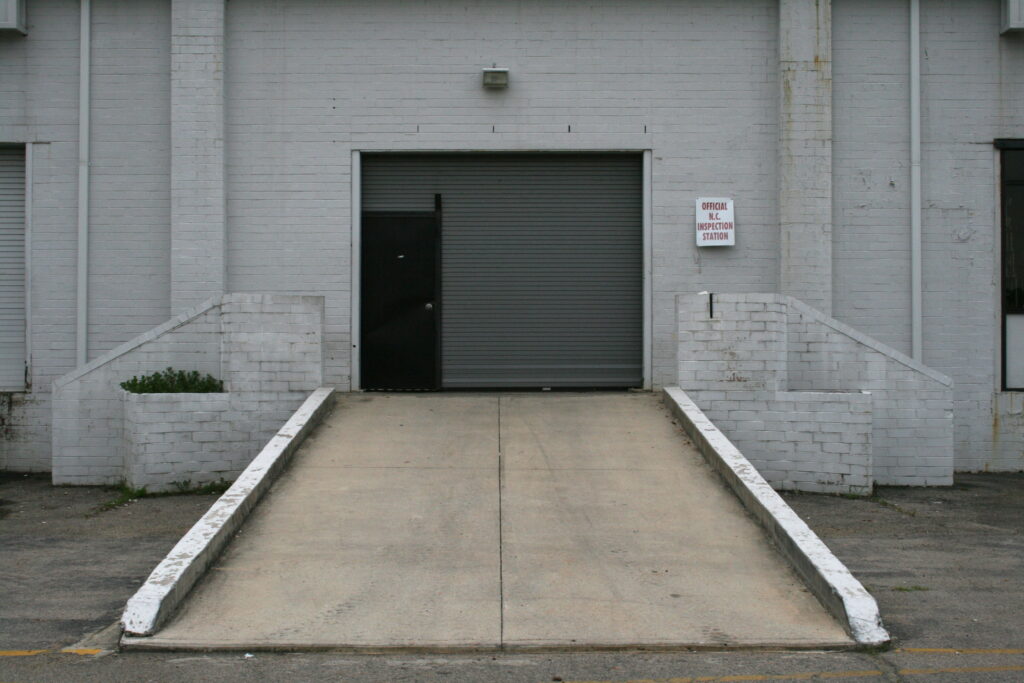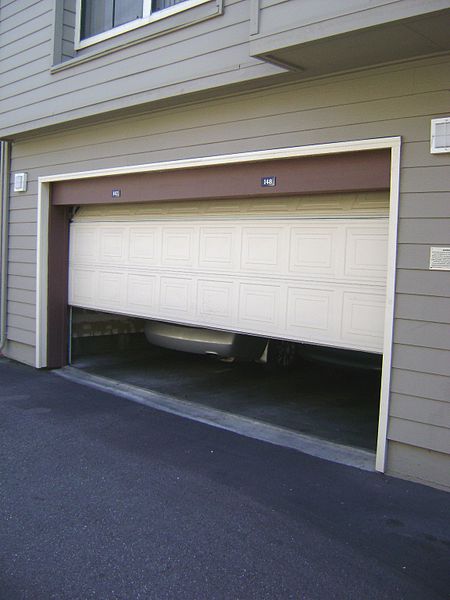Garage Door Sensors
Garage doors ensure that our lives stay in order by allowing us to shut and open the door into our garage. The door can be elevated or lowered by pressing the button or pressing a keypad mixture and protecting our belongings. If the garage door breaks down or cannot shut or open properly, the impact is on our everyday life.
The most common issue for garage doors is when the sensors are moved out of line. What can you do to ensure that your sensors for your garage are at fault for a damaged door? In this article, you will understand sensors on garage doors and how you can check their performance. Then, you could repair the problem on your own or ask a professional to take care of the repair.
Working of garage door sensors
Is your garage door sensor not working? It’s first essential to know the mechanism behind garage doors before resolving the issue yourself. Since 1993, residential automated garage doors must have security sensors to prevent the gates from closing upon the person or object. Every garage door needs sensors that detect whether something is blocking the way before closing the door.
Sensors are an essential safety feature for garage doors with automatic sensors. Sensors can reverse the course of the closing door when they spot something within the order of that door. The door will then go back to its original position. If the sensors stop functioning, the door will be closed, which causes a nuisance and a significant danger to safety.
Testing of garage door sensor
If you’re aware of the method of garage door devices function and how they function, you can check the functionality of your sensor. The process of determining if your garage sensor is damaged is easy. If you decide that the sensors are at fault, the solution is typically straightforward enough to be done by yourself.
To test the garage door sensor, you’ll need an everyday item such as a cardboard container. Set the box in the sensor’s direction, and then try closing your garage door. If the door turns back when it senses an impediment, the door is operating correctly. If the door does not close on the box, you’ll need to investigate and look for clues to determine what’s wrong with the sensor.
Identification of defective sensor
If the sensors for your garage are defective, you can identify the cause. Several indicators can help you pinpoint the cause of the problem in the garage door sensor. If you look for these signs indicators, you will decide if you can fix the issue yourself or call an expert. Check for these three pointers:
The light indicators
The simple way to identify whether your garage door sensors are not in alignment is to check whether the light on the outside blinks when you try to shut the door. The green lights indicate that the sensors are in operation, while red lights show that the sensors aren’t correctly aligned. If you notice red lights, check the mounting bracket and tighten the screw that is attached to the sensor that is blinking. It will be apparent that you have repaired the sensor when the light ceases to flash, and your garage door is closed correctly.
Read More: Finish Basement Cost: Each And Everything You Need To Know About Finish Basement
Dirty lenses
Occasionally, fixing your garage door sensors takes only the use of a clean, dry cloth. The sensors’ lenses may malfunction when dust or spiderwebs interfere with the view they have of opening your garage door. Cleaning the lens can make your door operate just as it should. When your garage has become particularly filthy, it is essential to cleanse sensors often.
Wires damaged
Because of frequent use, weather, and even insects, the garage door sensor wires are susceptible to wear and tear. Wind and rain and pest infestations and usage of tools may be detrimental to cables. Verify if the wires are damaged by water chew marks or other signs of damage. If you find any, you’ll have to replace the wires.
Utilize a different plastic box to check your garage door after you have completed these solutions. This test provides a quick method of determining whether you have solved the issue or if it is time to contact an expert in garage doors.

A garage door is not closing
The initial mark that something is not right in the sensors within the garage would be garage door malfunction. If the door is open without problems but has difficulty closing, something is improper. Another possibility is closing the door, but it releases instantly. In both occurrences, there is a problem with the sensors. And they perform as if there was something in the way. This is why the door is reopened to avoid an accident that could damage the object or hurt the person in it.
There are various reasons your garage door does not open or close promptly. First, you must determine if there’s an issue with the sensor. One of the easiest ways to check them is using a couple of cardboard boxes.
The power source of the sensor
The green signal on the sensor indicates that there are no issues, and everything is in order when the supply of power is on. If both the lights on your sensors are out, you’ll know that sensors don’t have the ability and won’t be able to communicate. In addition, ensure that the cable is plugged into the garage door opener and does not cause a problem when it fails to close. If there is a power failure or a voltage drop, the fuse may fail. When the power supply is ok, the sensors will be functional again.
Installation of Garage Door Sensors
Step 1: Choose the right sensor
Before you start the installation process, choosing the right sensor for your garage door is important. There are two main types of sensors: photoelectric sensors and mechanical sensors. Photoelectric sensors use beams of light to detect obstacles, while mechanical sensors use pressure to detect obstacles. Choose the type of sensor that best suits your needs and budget.
Step 2: Mount the sensors
Once you have chosen the right sensor, the next step is to mount it on the garage door. Mount the sensors on either side of the door, about six inches above the ground. Make sure that they are aligned properly and facing each other.
Step 3: Connect the wires
After mounting the sensors, the next step is to connect the wires. The wires should be connected to the motor unit of the garage door opener. Follow the manufacturer’s instructions carefully to ensure the wiring is done correctly.
Step 4: Test the sensors
Once the sensors are mounted and wired, it’s time to test them. Open and close the garage door a few times to ensure the sensors work properly. If the sensors are not working, check the wiring and alignment to ensure they are properly installed.
FAQs
- How can you tell if your garage door sensors are damaged?
Press the wall button or use the remote control to close the garage. A garage door that closes signifies a problem with the garage door sensors. An entry that goes back to its open position indicates that the sensors are working correctly.
- Does it make sense to put green sensors in both garages?
The sensors usually have lights. Both units will have green lights. One will display the fact that they are power on, and the other will reveal that there aren’t any obstructions between the sensors and that they are ‘seeing’ each other.








